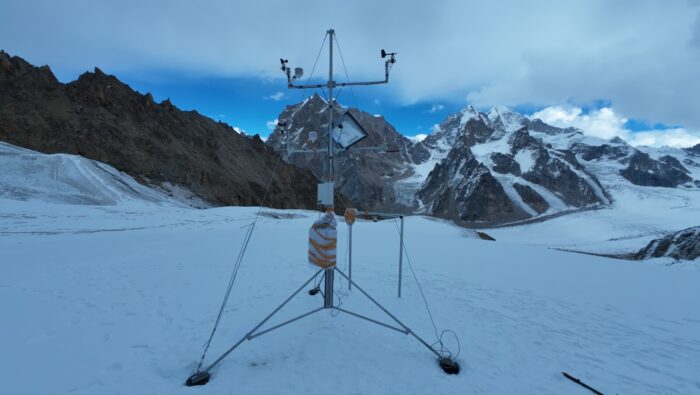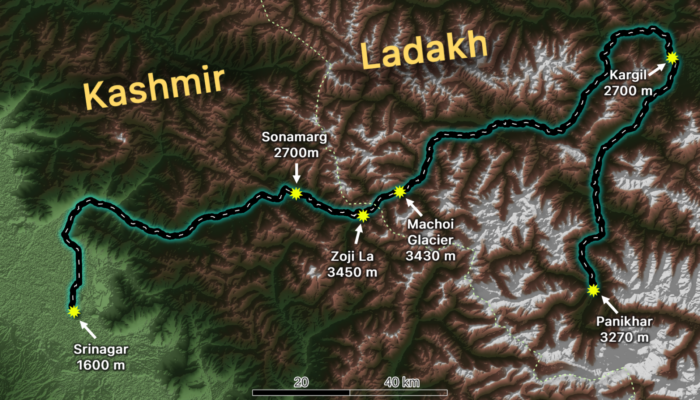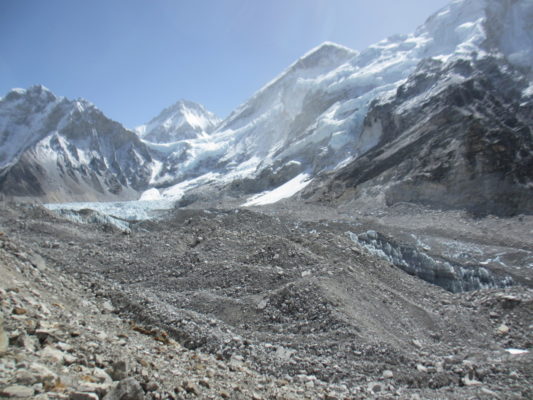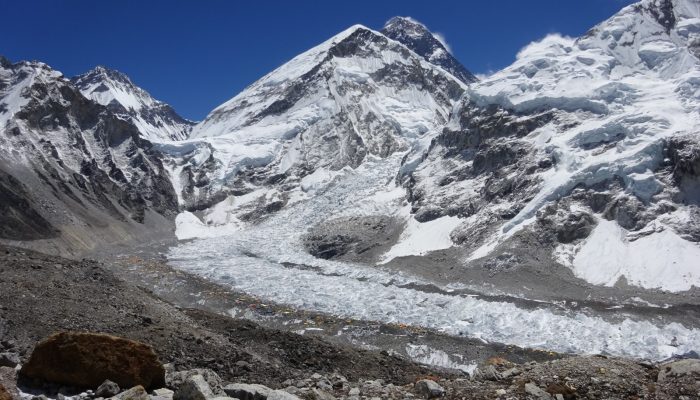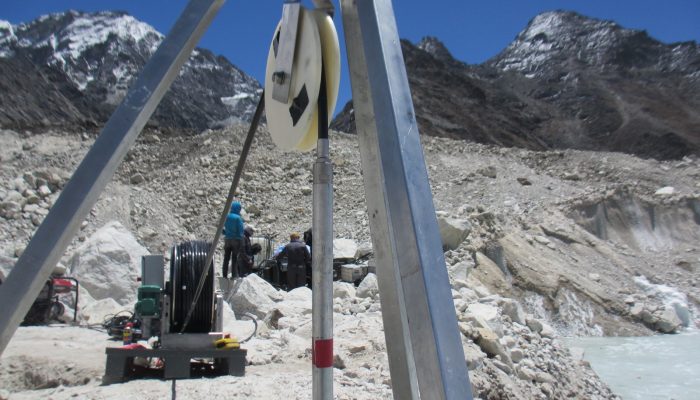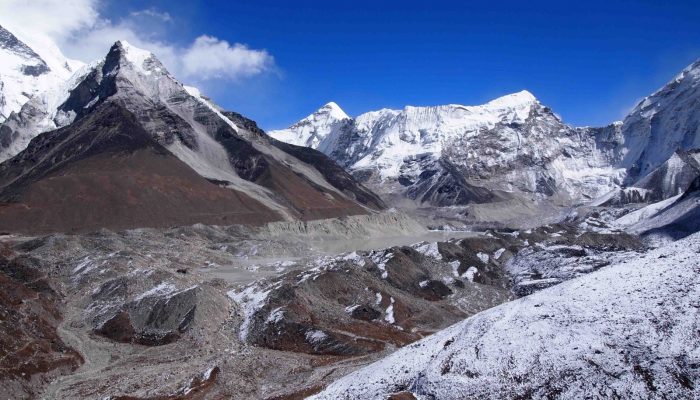I’m Himanshu Kaushik, a PhD student working under the guidance of Dr. Mohd Farooq Azam at the Indian Institute of Technology Indore (India). Seven years ago, I took my first steps onto the Chhota Shigri Glacier (CSG) in the Indian (Western) Himalaya, and it felt like stepping into another world. Surrounded by the towering peaks, it seemed otherworldly and humbling. After that first expeditio ...[Read More]
Field notes from the Chhota Shigri Glacier: A journey of science and survival in the Himalaya
